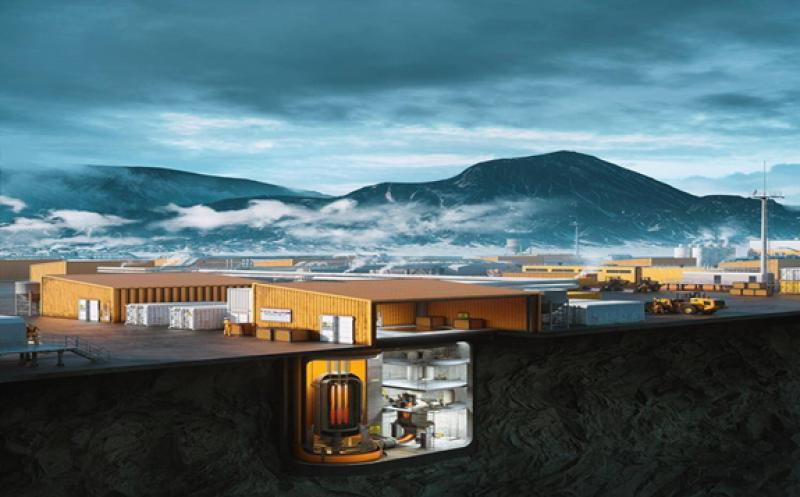The worldwide battle to control greenhouse gas emissions to fight climate change is the best thing that’s happened for growth in the nuclear energy industry in decades, its proponents say.

They add that the development of smaller, scalable nuclear reactors to churn out reliable, emissions-free energy at a much lower than traditional cost makes nuclear an option that’s become impossible to ignore.
“Thirty years ago, the vision was that nuclear energy is going to be so cheap that we’ll be giving electricity away for free,” said Robby Sohi, president and CEO of Global First Power Ltd., a company trying to build Canada’s first small modular reactor or SMR.
That early potential was short lived, though, as project costs escalated and Canada ran out of regions with enough power demand to justify a big expensive nuclear reactor.
“The biggest change is it is going to be just about impossible — I don’t see how — you can ever meet a 2050 (net-zero) target without nuclear in the mix,” said Sohi.
A recent study from the Canadian Nuclear Association found that the use of SMRs would allow heavy industries in Canada to reduce their GHG emissions by 216 megatonnes over 15 years from 2035 to 2050.
Using a model based on deploying 60 to 190 SMRs generating between 100 and 300 megawatts each for a total output of about 19,000 MW by 2050, it found GHG emissions would decline by 14 megatonnes per year on average, equal to taking over three million cars off the road per year.
Association CEO John Gorman pointed out Canada has had safe nuclear power for more than 50 years and nuclear currently supplies about 15 per cent of the nation’s electricity.
“The domestic market for these small modular reactors is about $5.3 billion between now and 2040 and the world market is going to be between $150 billion and $300 billion a year in that same time frame,” he said, touting rich export possibilities.